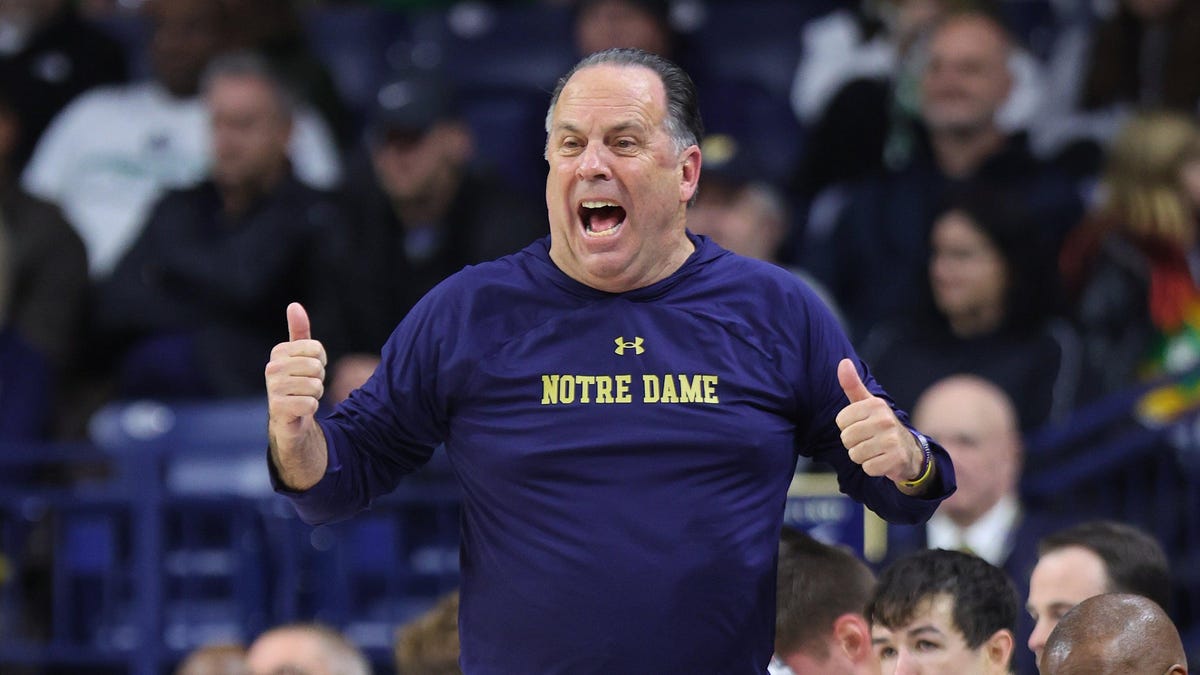Three-time Uttar Pradesh (UP) chief minister (CM) and Samajwadi Party (SP) patriarch Mulayam Singh Yadav, who died on October 10, had an illustrious career. Yadav, who became a Member of the Legislative Assembly (MLA) for the first time in 1967 from Jaswantnagar, UP, did nine more stints in the assembly, was a member of the legislative council once, and a Member of Parliament (MP) seven times. He started his political career as a young leader in the Jayaprakash Narayan movement before the Emergency and became the face of Mandal politics during the protests over other backward classes (OBC) reservation in north India and the messiah of backward groups in UP.
Does his demise signify the death of Mandal politics? Yadav, known as dhartiputra (son of the soil), started his political journey with a broader representation of backward classes. But over the years, he became limited to one dominant OBC caste — the Yadavs. Yadav attempted to add the Muslim community to his base to compensate, taking advantage of the pro-Muslim image he acquired after ordering the firing on karsevaks at Ayodhya in 1990 and his staunch opposition to the LK Advani-led rath yatra. This alienated his non-Yadav Hindu support base, which comprised backward groups.
Unfortunately, what started as a great socialist experiment in UP became the Muslim-plus-Yadav (M-Y) arithmetic of winning elections. This M-Y formula, however, was politically rewarding for Yadav and his family. He became CM three times and the Union defence minister. He even came close to the prime minister (PM)’s chair in 1996. His son, Akhilesh Yadav, became the CM once and many of Yadav’s family members became MPs and MLAs. But, like many other socialists who rose to prominence under the JP movement and Mandal politics, Yadav and his family abandoned the ethos of samajwad (socialism). Though the cycle remained their election symbol, their politics moved on to luxury cars and stately houses. Even at the peak of Mandal politics, the delivery of State schemes was poor, the private job market provided few opportunities, and the government was corrupt. So, caste-based alignments became the only option for citizens. Some Mandalites exploited this for their political rise.
From 2014 onwards, many parameters changed. Using Jan Dhan accounts, Aadhaar and mobile phone penetration (JAM), the Narendra Modi government revolutionised the delivery of State schemes. Today, funds are delivered to the bank accounts of women. This has created a beneficiary vote bank beyond the caste boundaries for the Bharatiya Janata Party (BJP). With India boosting its ease of doing business ranking, the Indian private sector started offering jobs. PM Modi stood firmly behind India’s entrepreneurs, and start-ups, and a new aspirational India further challenged caste politics. The rich young successors of some Mandalites have not been able to match the hard work and dedication of the Modi-Amit Shah duo. For example, in the 17th Lok Sabha (LS) — which has completed roughly half its term — Akhilesh Yadav’s attendance is 37% against the average of 80%, according to PRS Legislative Research. He resigned from his LS seat in March. When the Opposition was trying to corner the BJP over the rape and murder of a Dalit girl in UP’s Hathras in 2020, Akhilesh Yadav was in London.
During the Covid-19 crisis, when CM Yogi Adityanath was visiting every district to encourage people to take vaccines, Akhilesh Yadav tried to create confusion on the shots. Since 2012, when he became CM, the SP has been faring poorly. The party lost the 2014 parliamentary elections, 2015 urban body elections, 2017 assembly elections, 2019 parliamentary elections, 2021 panchayat elections and the 2022 assembly elections. Nevertheless, he managed to get a few BJP leaders to join the SP in the run up to the 2022 assembly elections. This was his only attempt at expanding the non-Yadav backward base. Most successful Mandalite politicians, such as Mulayam Yadav, latched on to one dominant backward class and appeased the minorities to create a winning combination. But Modi and Amit Shah ensured that even neglected backward castes got representation in the party and the government. Modi comes from a backward class and the choice of presidents, CMs, cabinet ministers and party presidents in different states has been representative of caste, gender and region. Moreover, Modi’s pro-Hindu cultural agenda helped diminish caste identities and further consolidated Hindus. More than Yadav’s demise, the rise of Modi’s brand of affirmative politics marks the death of Mandal politics.
Shantanu Gupta is the author of BJP – Past, Present & FutureThe views expressed are personal
Enjoy unlimited digital access with HT Premium
Subscribe Now to continue reading
















